A “super” anything has got to be great, right? It’s an adjective that is thrown around quite often, but in the case of the “Super Six Comprehension Strategies”, it is an adjective used most fittingly.
The concept of six key comprehension strategies was first articulated in American literacy researcher Lori Oczkus’ book “Super Six Comprehension Strategies: 35 Lessons and More for Reading Success” (2004). Oczkus translated a few decades of comprehension teaching and learning research into a clear framework that teachers could take into their classrooms.
As with most any conceptual framework that is used across a variety of educational contexts, the labels and specifics of the strategies that make up the Super Six have evolved from Oczkus’ original model and morphed into a few different variations.
Super Six Comprehension: An Overview and Teacher Resources
This post looks at the six strategies that are used most commonly in classrooms today and provides links to high-quality comprehension resources for both lower primary and upper primary lessons.
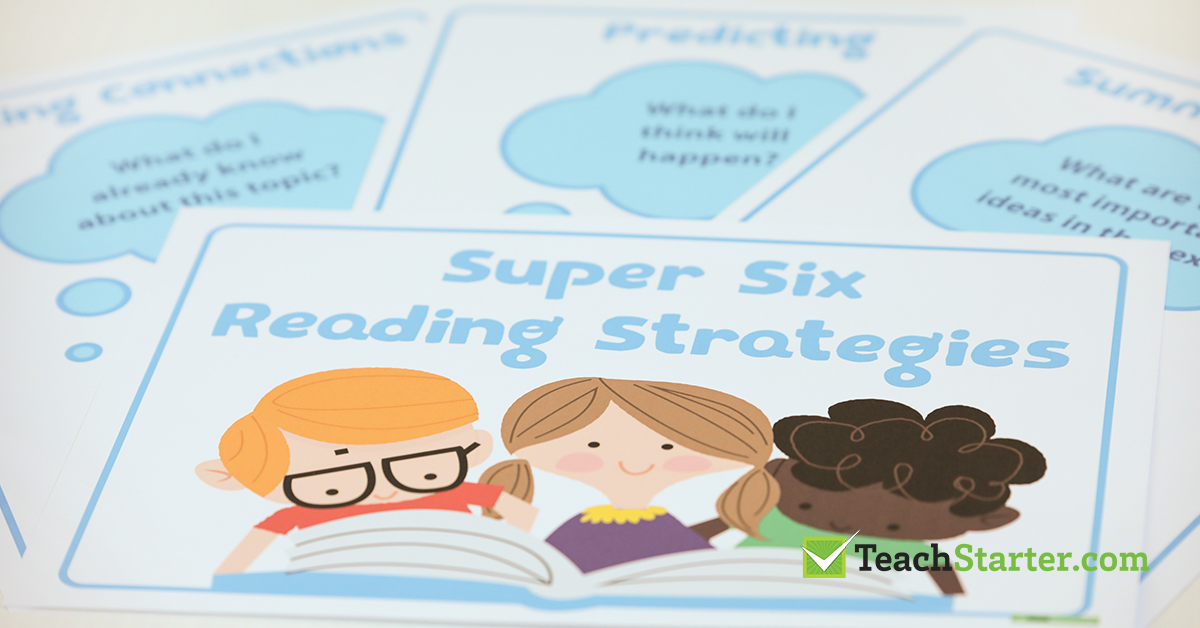
1. Making Connections
When encountering a text students make connections between the text their own experiences and understandings. Framed within these three concepts:
- text to self
- text to text
- text to world.
students can ask themselves how the text may relate to something in their life, to another text that they know, or to something from the real world.
Making Connections Activities & Resources:
[resource:58978][resource:58983][resource:10999][resource:598167]
2. Predicting or Inferring
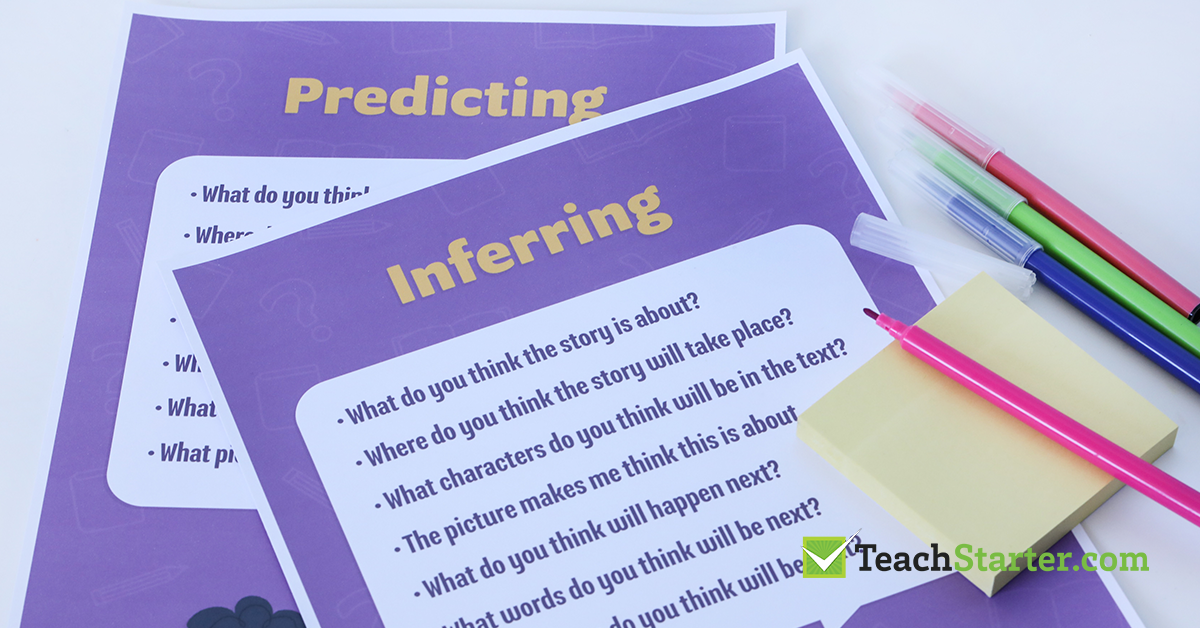
While the term used for this strategy is different across various implementations of Super Six Comprehension, the premise is similar.
Students use ‘clues’ from the text (in the form of words and/or pictures), combined with their own knowledge and experiences to anticipate what will happen next.
We have collections of resources that use both “predicting” and “inferring” terminology so that you can select the resources that are right for you, your class and the activity you are using them for.
Prediction Activities & Resources:
[resource:71180][resource:38436][resource:71176][resource:71183][resource:598167][resource:71186][resource:17086][resource:535816]
Inference Activities & Resources:
[resource:42025][resource:42021][resource:42015][resource:42007][resource:39102][resource:22165][resource:574288][resource:535826]
3. Questioning
In this comprehension strategy students ask and answer questions to clarify the meaning of the text and deepen their understanding. When you centre questioning activities around the familiar open-ended prompts of who, what, when, where, how, why, which, students will quickly assert their understanding and identify any gaps in their comprehension of the text.
Questions can be posed by a teacher, by their peers or by the students themselves.
Questioning Activities & Resources:
[resource:426858][resource:3091][resource:598167]
4. Monitoring
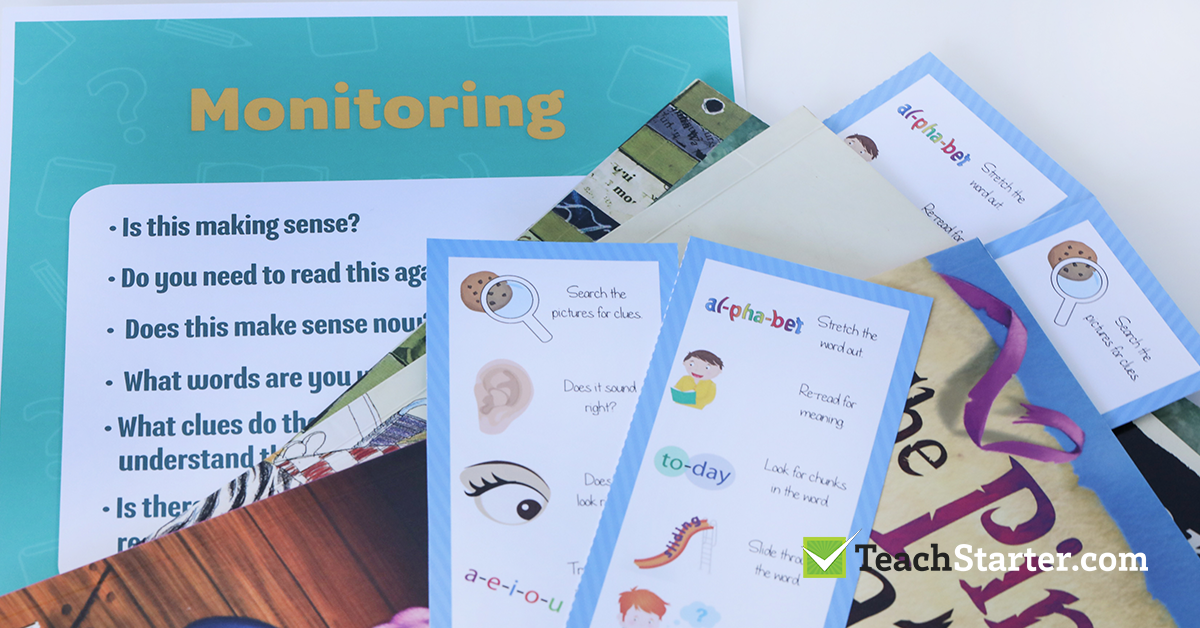
When monitoring, students reflect on and assess their understanding as they progress through the text. In this meta-cognitive process, students may ask themselves questions like “Is this making sense?” or “Do I need to read this again?”.
While the process of monitoring asks students to identify hurdles and barriers, students also benefit from connecting this comprehension strategy with explicit strategies to help them past their hurdle.
Should they be struggling with decoding an unfamiliar word or sentence (knowing what the word or words are), students may benefit from prompts such as these reading strategies bookmarks. When students struggle with comprehending the meaning of a word or sentence, provide support through the use of the five other Super Six comprehension strategies.
Monitoring Activities & Resources:
[resource:598167][resource:16942][resource:13107]
5. Visualising
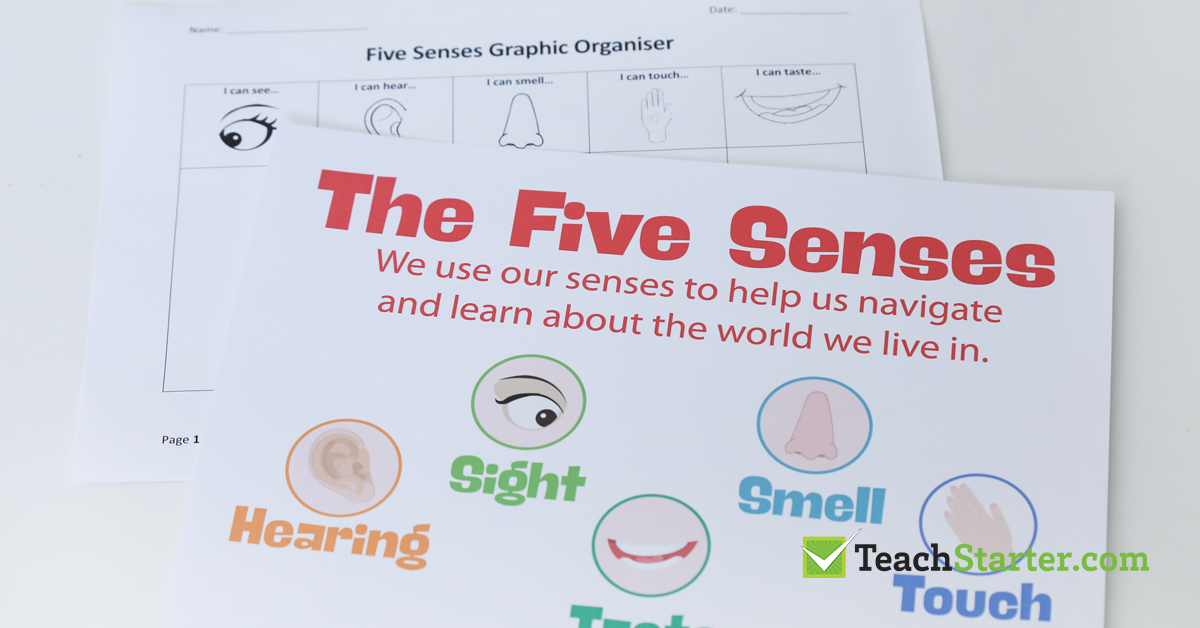
Visualisation provides both teachers and students with another means to extend their exploration of the text and deepen understanding. This comprehension strategy asks students to create and describe an image in their mind, centered around a place, situation or character in the text.
Using the five senses is a great way to scaffold student comprehension through visualising.
Visualising Activities & Resources:
[resource:47640][resource:13098][resource:598167]
6. Summarising
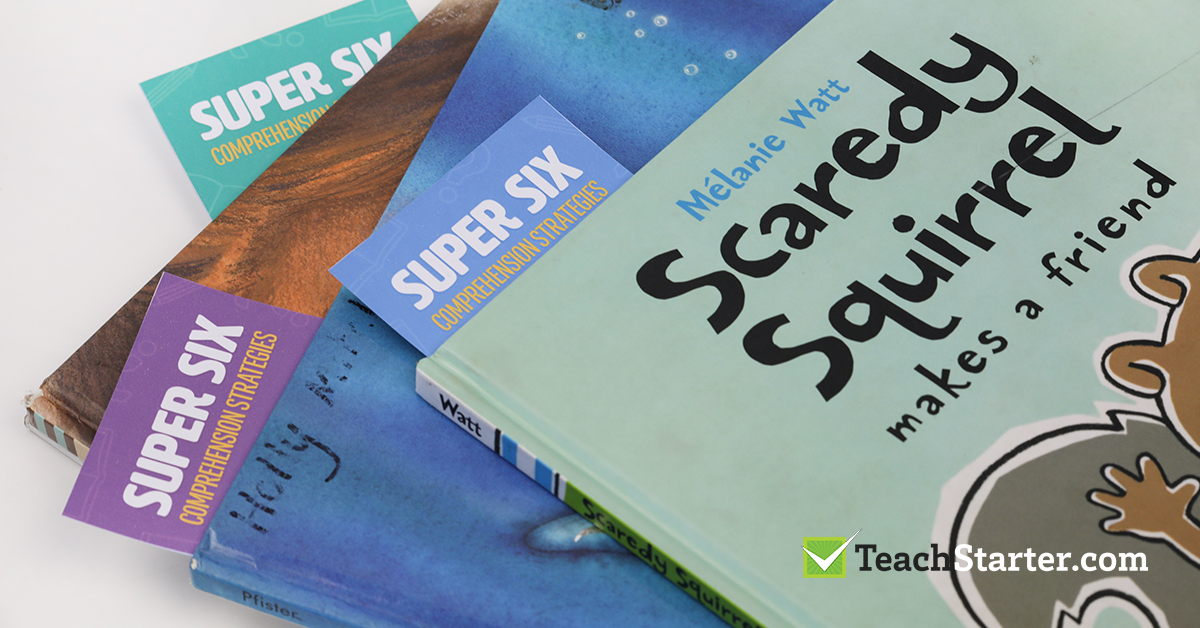
Summarising asks students to reflect on the text and communicate their understanding of it.
When summarising students may complete one or more of the following:
- recount the text in their own words
- identify the main idea, topic or purpose
- list key words or phrases
- identify structural elements of the genre.
Summarising Activities & Resources:
[resource:43661][resource:598167][resource:43655][resource:43646][resource:35754][resource:535796][resource:577006]
Additional Super Six Comprehension Resources:
The Super 6 Comprehension Strategies provide an excellent framework for focused comprehension teaching and learning in your classroom. While there are resources for each specific strategy given above, you’ll find that the six strategies work beautifully in combination with one another, as your students grow in their mastery of reading and comprehension.
There are over 200 primary resources in our Reading & Comprehension collection, but here is a selection of the best for learning and teaching Super Six (my favourite being the Reading Detectives Resource Pack!).
[resource:25760][resource:18469][resource:41232][resource:572602][resource:568034][resource:566199][resource:377335][resource:62965][resource:330549][resource:62501][resource:542281][resource:330180]

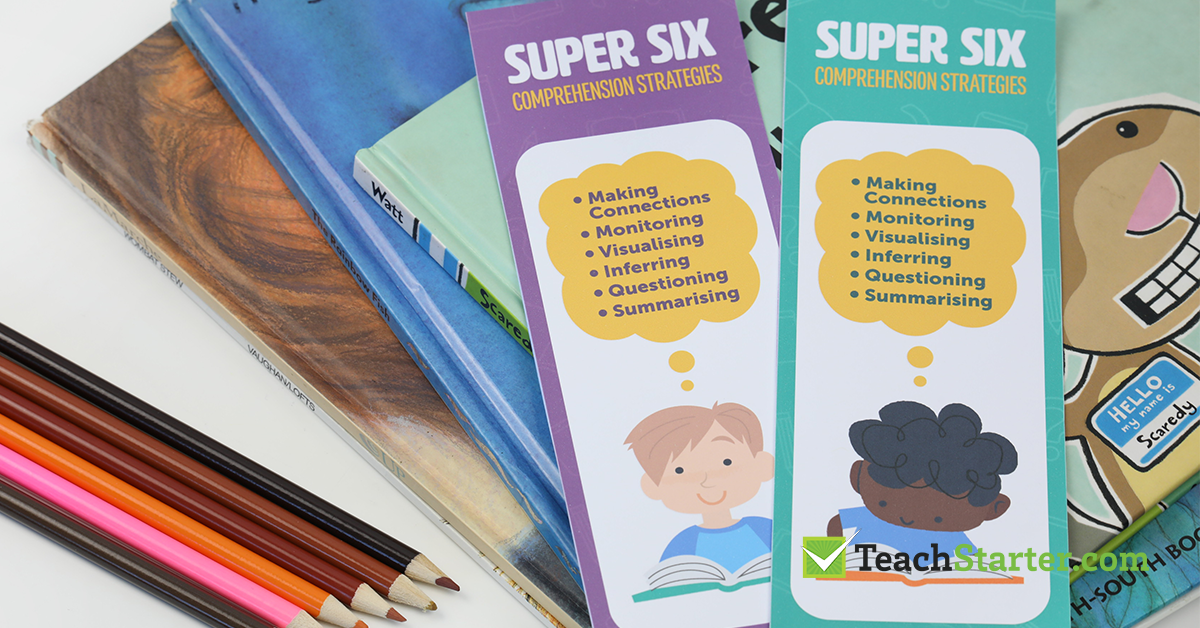






Comments